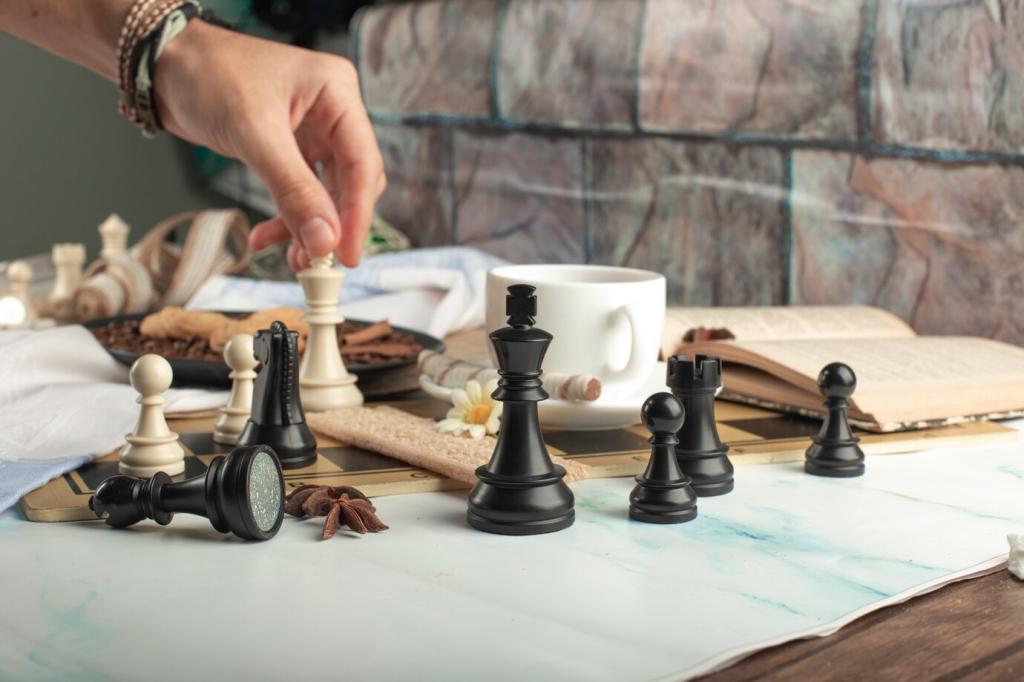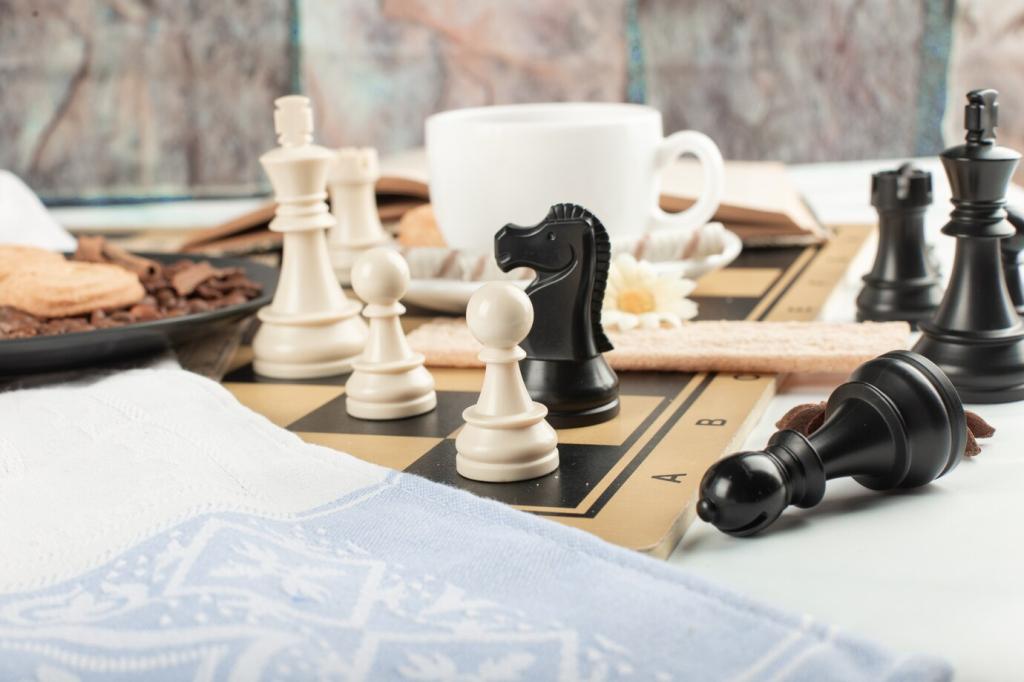From Shatranj to Chess: Strategy Before the Queen’s Revolution
Medieval bishops (alfil) leapt two squares diagonally, while the queen (fers) stepped a single diagonal square. With attacking power muted, players cultivated harmony, incremental space, and knight activity to squeeze advantages without modern fireworks.
From Shatranj to Chess: Strategy Before the Queen’s Revolution
Because expansion was slow, central pawns and well-posted knights became strategic anchors rather than immediate battering rams. Medieval players prized durable outposts, carefully timed pawn advances, and coordination that denied counterplay more than flashy sacrifices.





